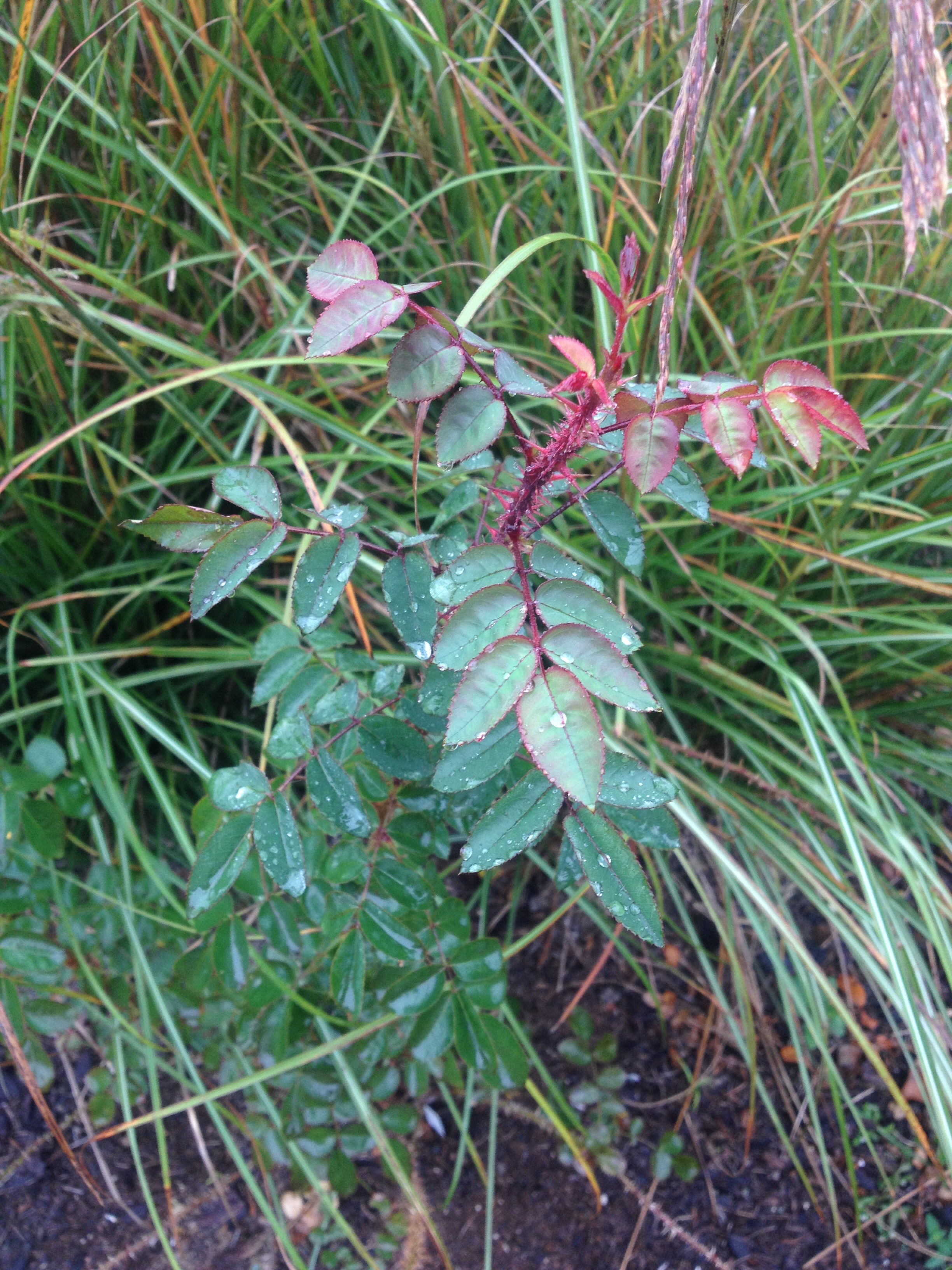David,
This “breakdown” could be due to lack of care in vegetative propagation.
Bosley: The Nurseryman’s Rose Responsibility (1937)
“I began to notice that Rev. F. Page-Roberts was just an ordinary yellow rose—a long way from the beautiful two-toned rose it is pictured. We set about to find the most highly colored blooms, and to cut bud-wood from only those very sticks. Continuing this over a number of years, Rev. F. Page-Roberts began to look like its color illustration. President Herbert Hoover has not been with us long, but already it has shown signs of degenerating. We budded 100 bushes from the best blooms of “Hoover,” to find that only about six of this 100 were very superior, and from this six we began to rebuild our strain. Texas Centennial, just introduced, is beginning to show slight signs of variation, but with careful selection of bud-wood it can live with us as an outstanding rose variety. (Some sorts, like Radiance, seem so firmly fixed that all efforts to improve the strain seem useless. Many times we have found improvement on members of the Radiance group, only to find, next year, that it went back to the type again.)”
http://bulbnrose.x10.mx/Roses/breeding/BosleyBudSelection1937.html
Viviand-Morel: Amateur Rose Breeding (1914)
“In a very different way, M. Dhumez was able to get from Nature more than she had ever wanted to give. Disregarding the field of selection of seedling variations, and confining himself to varieties which he had bought in the open market—some of them little known, such as Prince de Bulgarie, and others long since used by everyone, some of them for a long time past, such as Bastide rose—M. Dhumez was able, by a very sure selection, a judicious choice of fertilizers and, especially, of method of operation, to get such remarkable results that they would have been declared impossible: the size of the flowers, the absolute perfection of form and color of Prince de Bulgarie, Marquise de Mores, Agathe Nabonnand, Agathos and others, won as soon as they appeared not only the rapt astonishment of the public, but the highly-valued admiration of experts.”
http://bulbnrose.x10.mx/Roses/breeding/ViviandMorel/morel.htm
Blanks: On Selecting Budwood (1938)
“One of these plants, a Mrs. Pierre S. du Pont is planted in the middle of some Mrs. du Ponts from one of our larger, much-advertised, mass-production nurseries. (The one whose test-gardens I travel about 300 miles each year to see.) The difference is so apparent that a visitor to my garden before the plants had bloomed, who knew nothing about this affair, asked why I planted a Radiance in a bed of Mrs. du Pont!”
http://bulbnrose.x10.mx/Roses/breeding/BlanksBudwood1938.html
Knight: Improving roses by bud selection (1930)
“Have you ever, when looking through your rose bushes, Teas and Hybrid Teas particularly, noticed that on one side of some of the bushes the growth is stronger than on the other, and that on some parts of the plant the blooms are always of better quality, perhaps in colour, perhaps in form, or maybe in both. This is the wood to work on and by selecting budding eyes from those strong, clean branches or from the shoots that carried those good blooms, a large percentage of the young roses will reproduce plants strong and healthy, and will carry blooms similar to those that were on that part of the plant from which the buds were taken, whilst buds taken from the weak side of the bush will have a tendency to grow weaker plants with poor quality blooms. If the very best plants are retained and grown on, and bud selection is systematically practiced from year to year a better strain of many roses can be worked up.”
http://bulbnrose.x10.mx/Roses/breeding/KnightRoses1930.html
Vegetative selection has also been used to advantage with other plants.
http://bulbnrose.x10.mx/Heredity/King/VegetativeSelection.html
Karl
